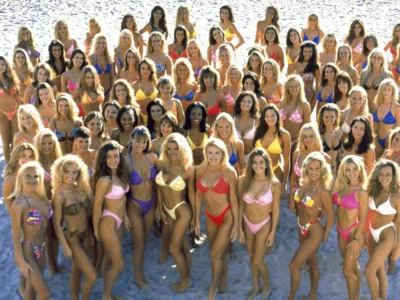The increase in video demand and its power to move.
Images work more effectively than text. We’re aware of that already.
But did you know that the human brain processes images 60,000 times faster than text?
Or, according to the US tech company Thermopylae Sciences and Technology, 90% of information transmitted to our brains is visual?
This would explain why platforms like Snapchat and Instagram have exploded in popularity in the few short years of their existence and show no signs of slowing down.
In turn, there has also been a dramatic shift from online ads that are stills to online video advertising. Video has real cut-through because humans are visual by nature. An article on HubSpot illustrates the effectiveness of video claiming that video performs 20% better than stills when running as an ad on Facebook.
And where do we turn when we have a problem? YouTube, of course! 70% of YouTube viewers watch videos for ‘how to’ guidance when they want help with a problem they’re having in their hobby, studies, or job.
Jesse Mawhinney, writing for HubSpot tells us that 80% of marketers now use visual assets in their social media marketing. Indeed, video (63%) alone, has surpassed blogging (60%) in usage as an asset in social media marketing.
All this may come as no surprise to us because video is taking over social media platforms. Consumers are not engaging with traditional media like TV any longer (with the exception of the over 50’s) as they are on Facebook, YouTube, Instagram and Snapchat instead; and they only have to reach into their pockets for their smartphones to access these platforms instantly.
Video creation is also accelerating at a pace because companies want to target teenagers – and more specifically they want to reach Millennials, who are the first digitally native generation.
Consequently, video marketing budgets are on the increase. According to Kathleen Chaykowski, writing for Forbes, ‘60% of businesses said they spend more than a quarter of their marketing budget on video, and 64% of those surveyed said they create video content internally.’
As mindless scrolling becomes normalised, video slots in as an amazing tool to grab the attention of viewers. On social media sites, with more and more digital information screaming for smartphone owner’s attention, video offers is an immersive experience that entertains and connects consumers on an emotional level.
This is one way to beat the Instagram algorithm because it analyses user’s behaviour, promoting the content that gets noticed first. Likewise, websites will benefit too because when users spend time watching your videos it’s going to positively affect your site’s SEO.
So, the long and the short if it is – using video in your marketing mix can really benefit your brand offering.





